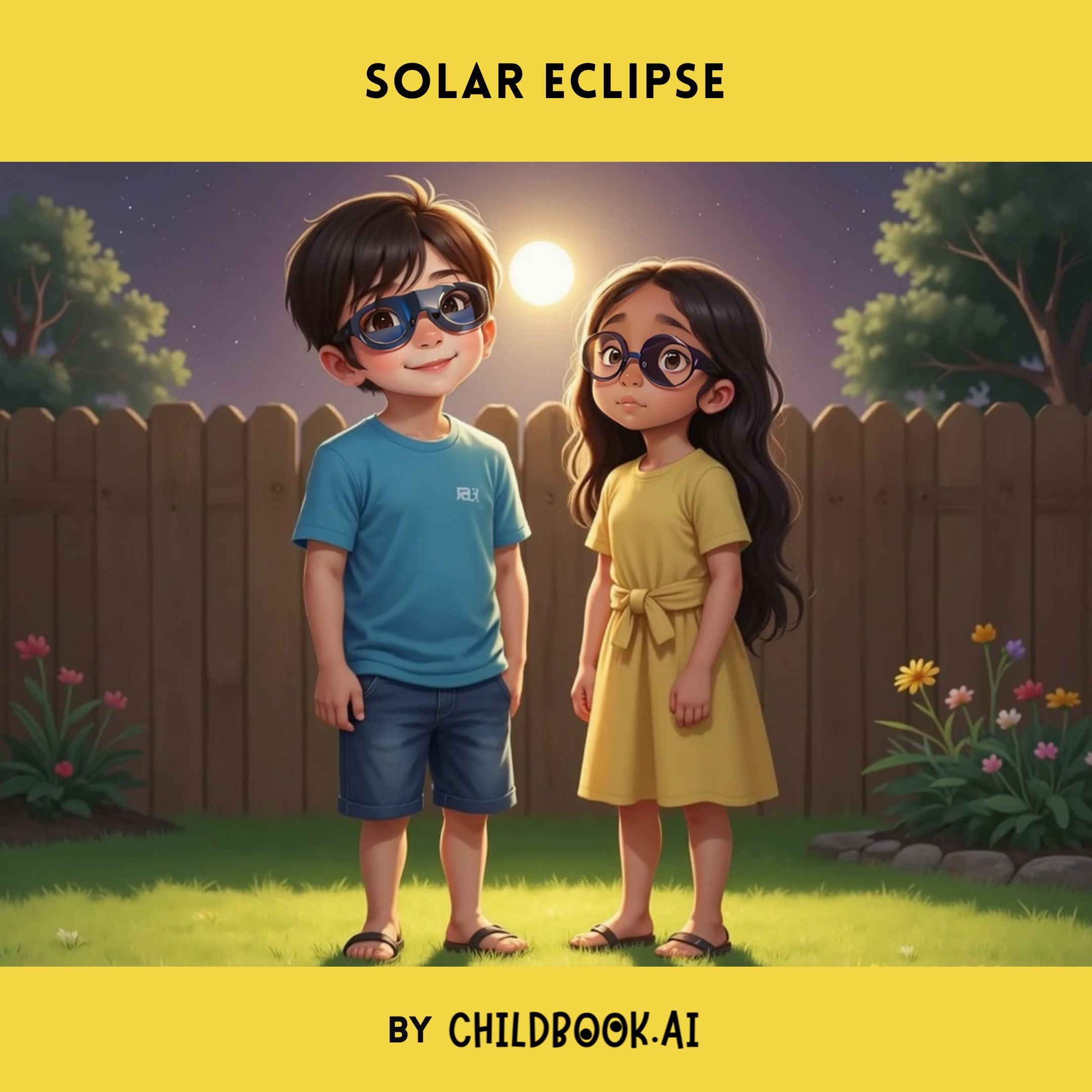

1. What is a solar eclipse?
A solar eclipse happens when the Moon moves between the Sun and Earth, blocking all or part of the Sun’s light for a short time.

2. Why does a solar eclipse happen?
It happens because the Sun, Moon, and Earth align in a straight line during a new moon. The Moon’s shadow falls on Earth, causing the Sun to appear partly or completely covered.

3. When do solar eclipses occur?
They only occur during the new moon phase, when the Moon is positioned between the Sun and Earth. However, not every new moon causes an eclipse because the Moon’s orbit is tilted.

4. Where can a solar eclipse be seen?
Only people within the Moon’s shadow path on Earth can see the eclipse. This path is usually narrow, so total eclipses are visible only in certain locations.